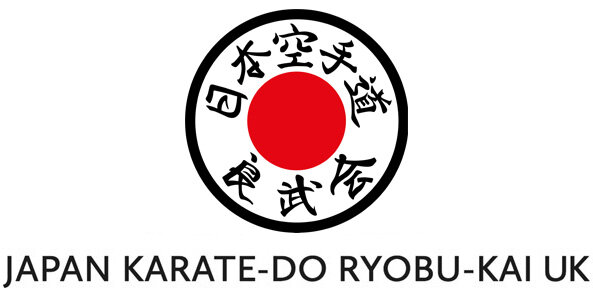Chōjun Miyagi Sensei (1888 –1953)
Chōjun Miyagi Sensei by all accounts did not talk very much. He was famous for his big hands and his teisho uchi (palm strike) and was noted for grabbing and pulling very strongly. Though Konishi Soke did not train with Miyagi Sensei as much as with other karate masters, Miyagi Sensei did impact Konishi Sensei's knowledge of karate by presenting Konishi Sensei with an original manuscript, An Outline of Karate-Do, dated March 23, 1934. This document has only recently been translated into English and is now available world-wide.
Miyagi Sensei was famous for founding the Gōjū-ryū school by blending Okinawan and Chinese influences. He was born in Higashimachi, Naha, Okinawa on April 25, 1888.
He was began his martial arts studies at the age of nine from Ryuko Aragaki Sensei, who then introduced him to when Miyagi Sensei was 14. The intensity was extreme and only abated for a two-year period while Miyagi Sensei completed his military service between 1910–1912, in Miyakonojō, Miyazaki.
Miyagi Sensei before the death of Kanryō Higashionna Sensei travelled with Eisho Nakamoto Sensei to Fujian Province in mainland China during the May of 1915. In China he visited and paid his respects at the grave of Higashionna Sensei’s teacher, Ryu Ryu Ko.
Kanryō Higashionna Sensei died in October 1915 and Miyagi Sensei once more travelled to China, going with Gokenki Sensei to Foochow. During this journey he studied some local Chinese martial arts. Some sources claim he studied Shaolin Kung Fu in Fuzhou, although historical records indicate that Southern Shaolin was razed to the ground by Qing government forces more than 300 years prior to his visit, and the modern-day Fuzhou Shaolin Temple is a recent reconstruction based on a popular movie.
He observed the Rokkishu hand exercises, he then adapted them into the Tensho Kata. From the blending of these systems, and his native Naha-Te, a new system emerged. It was not until 1929 that Chōjun Miyagi named the system Gōjū-ryū, meaning "hard soft style".
When Miyagi Sensei returned to Naha he opened a dojo, where over many years he gained an enormous reputation as a karateka. He introduced karate into Okinawa police work, high schools and other fields of society. He revised and further developed Sanchin - the hard aspect and created Tensho - the soft aspect.
The most advanced kata, Suparinpei, is said to contain the full syllabus of Gōjū-ryū.

